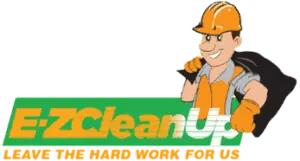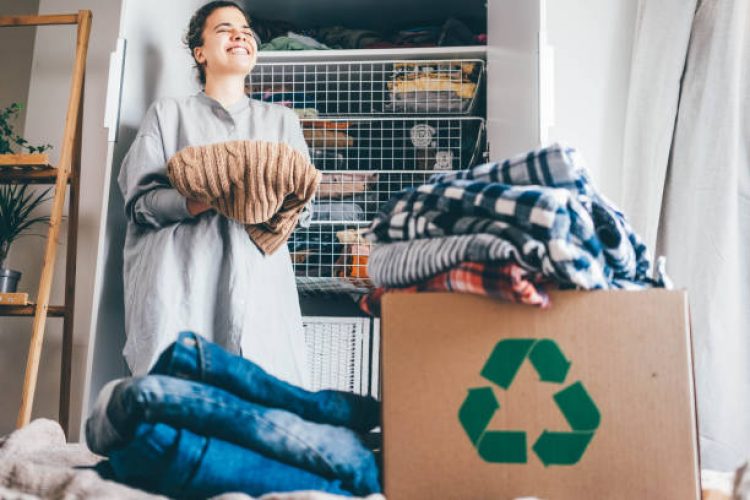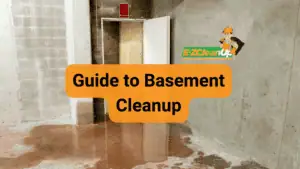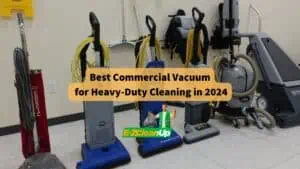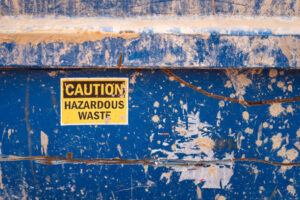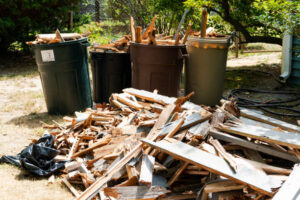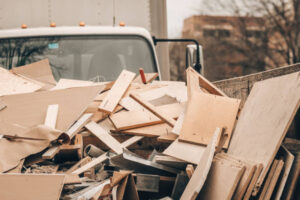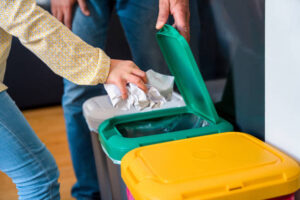Are you tired of watching your utility bills climb month after month? What if we told you that your trash could actually help pay those bills? From proven bottle bill programs that achieve recycling rates above 90% to innovative PAYT systems that can reduce waste disposal by up to 38%, consumers and businesses have numerous pathways to earn credits through recycling.
In this comprehensive guide, we’ll explore the various programs available across the United States that allow you to turn your recyclables into real savings on your utility and waste management bills.
What Are Recycling Credit Programs?
Recycling credit programs are initiatives that provide financial incentives for properly disposing of recyclable materials. These programs operate on the principle that recycling reduces waste management costs and environmental impact, making it worthwhile for communities and utilities to reward participants.
The United States generates approximately 292.4 million tons of municipal solid waste annually, with only 69 million tons recycled and 25 million tons composted, equivalent to a 32.1 percent recycling and composting rate. This massive waste stream represents both a challenge and an opportunity for communities seeking to implement cost-effective recycling solutions.
1. Bottle Deposit Programs (Bottle Bills)
The most straightforward way to earn credits from recyclables is through bottle deposit programs, commonly known as “bottle bills.”
How Bottle Bills Work
Bottle bills, also known as container deposit return laws, are the practice of adding a small deposit on top of the price of a beverage. This is repaid to the consumer when the empty can or bottle is returned to a retailer or redemption center for recycling.
States with Bottle Bills
Currently, 10 states throughout the U.S. have a bottle bill: California, Connecticut, Hawaii, Iowa, Maine, Massachusetts, Michigan, New York, Oregon, and Vermont.
Recent changes have made these programs even more valuable:
- Connecticut increased deposits from 5¢ to 10¢ on January 1, 2024, and within the first six months of the change, the number of returned containers increased by 30% year over year.
- California added fruit juice containers of 46 ounces or more and vegetable juice containers over 16 ounces to the program beginning January 1, 2024, and increased processing payments by changing the method for determining scrap value.
Potential Earnings
While individual bottle deposits range from 5¢ to 10¢, they can add up quickly for households and businesses. New York recycled 5.5 billion plastic, glass, and aluminum beverage containers in 2020 totaling 241,505 tons.
2. Pay-As-You-Throw (PAYT) Programs
PAYT programs offer one of the most effective ways to reduce your waste management costs through recycling.
Understanding PAYT
Pay as you throw (PAYT) is a usage-pricing model for disposing of municipal solid waste. Users are charged a rate based on how much waste they present for collection to the municipality or local authority.
Services for waste diversion, like recycling and composting, are often provided free of charge where pay-as-you-throw systems are implemented.
PAYT Success Stories
The numbers speak for themselves: PAYT programs resulted in residential waste declining from 9 – 38% and increased recycling from 6 – 40%.
Real-world examples show significant savings:
- “Pay as You Throw” means the price of trash service is based on how much trash you produce, if you reduce your trash you will save money. Monthly cost is based on the size of your trash bin. Recycling service every other week is included in the price.
3. Appliance Recycling Programs
Many utility companies offer cash rebates and bill credits for recycling old appliances.
Major Utility Recycling Programs
Several major utilities offer substantial rebates:
- Consumers Energy: Earn a $50 cash rebate for your fridge or $15 for smaller appliances
- PSE&G: We’ll give you a $100 rebate for each qualifying appliance—plus an additional $35 rebate for each working room air conditioner or dehumidifier picked up at the same time
- DTE Energy: We’ll remove and recycle your refrigerator or freezer for free and give you a $50 gift card. Recycling your old appliance can save you $80 or more per year in energy costs.
How It Works
Some programs offer cash to recycle your old fridge; others offer utility bill credits. These programs typically require that appliances be in working condition and within specific size ranges.
4. Scrap Metal Recycling Credits
Don’t overlook the value of scrap metal recycling, which can provide direct bill credits in some areas.
Community Programs
Some programs offer direct incentives for participation, such as cash payments based on weight and material type, discount vouchers for local businesses, or credits toward utility bills.
Free scrap metal pickup programs present a straightforward solution to this environmental issue. These community-based initiatives collect unwanted metal items directly from homes or businesses at no cost.
5. State Tax Credits and Incentives
Several states offer tax credits that can effectively reduce your overall bills when you participate in recycling programs.
Other states with income tax credits for recycling equipment purchases include New Mexico, Idaho, and Arizona, while many states offer property tax exemptions for recycling equipment and machinery, including Nevada, Iowa, North Carolina, and Louisiana.
How to Get Started
1. Research Your Local Programs
Start by checking what programs are available in your area:
- Contact your local waste management department
- Check your utility company’s website for rebate programs
- Look up your state’s environmental protection agency for recycling incentives
2. Calculate Potential Savings
Consider all the recyclables you currently throw away and calculate potential earnings:
- Count beverage containers if you live in a bottle bill state
- Assess old appliances that could qualify for utility rebates
- Evaluate your current waste disposal costs for PAYT potential savings
3. Set Up Systems
Create organized systems for:
- Separating recyclables by program requirements
- Scheduling pickups for appliance recycling
- Tracking your savings over time
Maximizing Your Recycling Credits
Best Practices
- Stay Informed: Programs change frequently, with new incentives and expanded coverage
- Combine Programs: You can often participate in multiple programs simultaneously
- Think Beyond Bottles: Many electronics manufacturers offer take-back programs that provide credits toward new purchases when you recycle old devices
- Plan Major Purchases: Time appliance replacements to take advantage of both recycling rebates for old units and purchase rebates for new efficient models
Future Opportunities
The recycling credit landscape continues to evolve. Advanced sorting technologies and artificial intelligence are making recycling programs more efficient and cost-effective, potentially leading to expanded credit programs and higher redemption values.
Conclusion
Turning your recyclables into utility bill credits isn’t just an environmental win—it’s a smart financial strategy. Whether through bottle deposits, PAYT programs, appliance rebates, or scrap metal programs, opportunities exist in communities across the country to reduce your monthly expenses while helping the environment.
The landscape of recycling bill credits continues to evolve, offering increasing opportunities for both environmental stewardship and financial savings.
Start by researching programs in your area, and you might be surprised at how much your “trash” can help pay your bills. Every bottle returned, every appliance recycled, and every pound of metal recovered is money back in your pocket and a step toward a more sustainable future.
